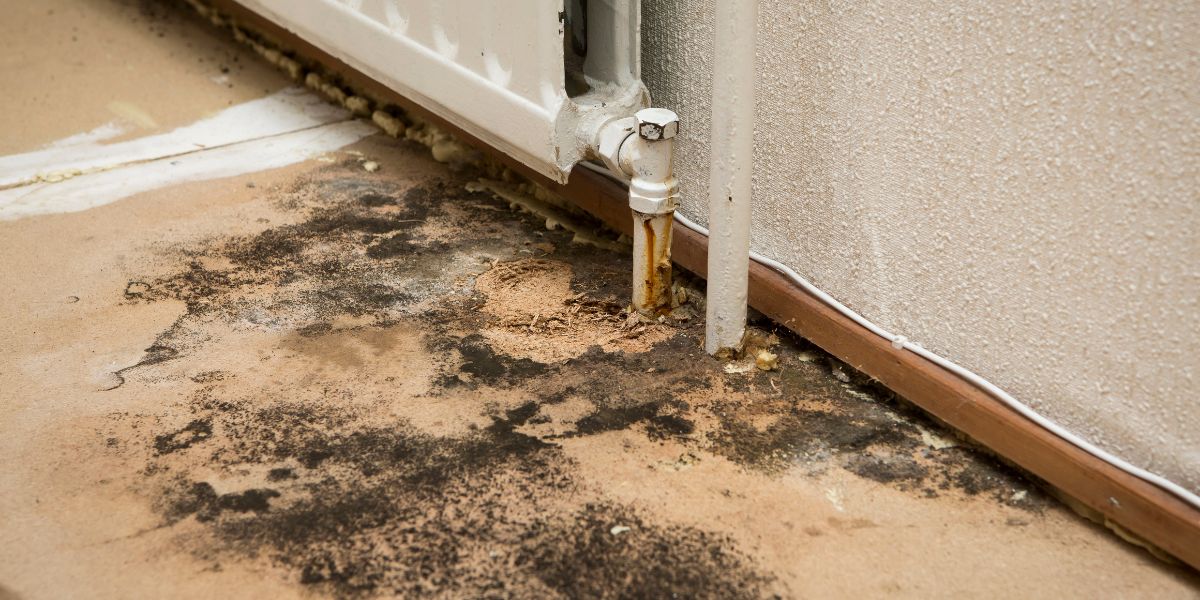With its diverse climates and environmental conditions, Australia presents unique challenges for homeowners and building occupants aiming to maintain healthy indoor spaces.
Mycotoxin contamination, arising from mould growth, is a concern that requires proactive strategies. This guide unravels effective measures to prevent or minimise mycotoxin contamination indoors, empowering individuals to create environments that prioritise well-being.

Understanding Mycotoxin Contamination:
Mycotoxins, toxic compounds produced by certain moulds, can pose health risks indoors. Preventing or minimising mycotoxin contamination involves addressing the root cause: mould growth. Mould thrives in damp and humid conditions, making certain areas more susceptible to contamination.
1. Effective Ventilation:
- Importance: Proper ventilation reduces indoor humidity levels, creating an environment less conducive to mould growth.
- Action Steps: Regularly ventilate living spaces by opening windows and using exhaust fans. Ensure that ventilation systems are well-maintained to promote optimal airflow.
2. Moisture Management:
- Importance: Moisture is a primary factor contributing to mould growth. Effective moisture management is crucial for preventing mycotoxin contamination.
- Action Steps: Regularly inspect and address sources of moisture, including leaks, water intrusion, and plumbing issues. Promptly repair any water damage and implement waterproofing measures in susceptible areas.
3. Climate-Adapted Construction:
- Importance: Building materials and construction practices are significant in mould prevention.
- Action Steps: Choose moisture-resistant materials for construction. Implement construction practices suited to the regional climate. Consider the use of mould-resistant coatings in vulnerable areas.
4. Routine Inspections:
- Importance: Regular inspections help identify potential issues before they escalate.
- Action Steps: Conduct routine inspections for signs of mould, especially in areas prone to dampness. Check hidden spaces, such as basements and attics, for visible or musty-smelling mould.
5. Effective Cleaning Practices:
- Importance: Cleaning practices impact indoor air quality and mould prevention.
- Action Steps: Clean and dust regularly, paying attention to areas prone to mould growth. Use mould-resistant cleaning products, and regularly clean and maintain HVAC systems, filters, and air ducts.
6. Use of Dehumidifiers:
- Importance: Dehumidifiers can help maintain optimal indoor humidity levels.
- Action Steps: Consider using dehumidifiers to control moisture levels in areas with high humidity. Regularly empty and clean the dehumidifier to prevent mould growth within the device.
7. Appropriate Storage Practices:
- Importance: Proper storage prevents the accumulation of moisture in confined spaces.
- Action Steps: Store belongings in well-ventilated areas. Avoid packing items too tightly, allowing air to circulate. Use moisture-resistant containers in areas prone to dampness.
8. Landscaping Considerations:
- Importance: Landscaping choices can impact the moisture levels around a property.
- Action Steps: Ensure proper drainage around the property to prevent water accumulation. Choose plants and landscaping features that do not contribute to excessive moisture buildup.
9. Professional Testing:
- Importance: Professional indoor air quality testing provides valuable insights into mould and mycotoxin levels.
- Action Steps: Periodically engage experts like Jason Chapple and Graham Singleton from Air Quality Australia for comprehensive indoor air quality testing. Advanced testing methods can detect the presence and concentration of mycotoxins, guiding targeted remediation efforts.
10. Prompt Remediation:
- Importance: Immediate action is essential if mould is detected.
- Action Steps: If mould is identified, engage professional remediation services promptly. Remediation should not only focus on removing visible mould but also address the root cause, such as water leaks or poor ventilation.
11. Educational Initiatives:
- Importance: Educating homeowners and occupants enhances awareness and promotes a proactive approach.
- Action Steps: Provide educational resources on mould prevention and mycotoxin risks. Encourage the adoption of preventive measures through community initiatives and outreach programs.
12. Ongoing Monitoring:
- Importance: Regular monitoring ensures that preventive measures remain effective over time.
- Action Steps: Establish a schedule for ongoing monitoring of potential risk areas. Reassess preventive measures as needed, especially after extreme weather events or changes in occupancy.

Safeguarding Indoor Environments for Health and Well-Being
Considering the region’s unique climatic conditions, preventing or minimising mycotoxin contamination indoors in Australia demands a multifaceted approach. From effective ventilation and moisture management to climate-adapted construction practices, homeowners and building occupants play a vital role in creating environments prioritising health and well-being.
The synergy of preventive measures, routine inspections, and professional testing forms a robust strategy against mycotoxin contamination. By staying vigilant, adopting best practices, and engaging experts when needed, Australians can navigate the challenges posed by mould and mycotoxins, ensuring that their indoor spaces remain safe, healthy, and resilient. In the pursuit of safeguarding indoor environments, proactive measures become the cornerstone of a thriving and wholesome living experience.
Mycotoxin Testing
For the best testing services, contact Air Quality Australia for peace of mind.

